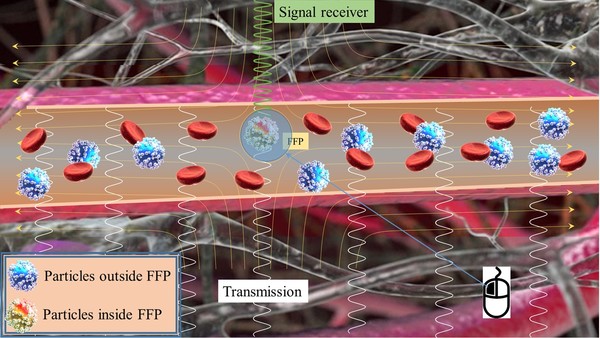Researchers at Gwangju Institute of Science and Technology (GIST) have developed a magnetic particle imaging (MPI) device that can acquire high-resolution biometric images at high speed using magnetic nanoparticles as tracers.

Using the device, GIST succeeded in applying the world's first integrated navigation technology that enables real-time imaging of nanoparticles' concentration and location.
MPI technology is a next-generation medical imaging device developed by Philips Research Institute for the first time in 2005 and commercialized in early 2010.
The technology provides a 3D GPS function for nanoparticles that can determine the location of nanoparticles in the body in real-time by generating a magnetic field exclusion region (FFP) in a three-dimensional space so that the nanoparticles output a signal for a radio magnetic field and measure this signal to obtain a three-dimensional distribution image of the nanoparticles.
The researchers used real-time (2Hz) MPI image acquisition and an MPI-based navigation platform to directly control the grouped nanoparticles' trajectory through user interaction or monitor the nanoparticles to adjust the nanoparticles' position. Through the MPI-based navigation platform, users can effectively guide nanoparticles with real-time visual feedback, which, in turn, allows them to target drug delivery.
The platform also allows users to control the direction and magnitude of the magnetic force by adjusting the position of the FFP. When combined with the MPI, they can use it to control and track magnetic particles' trajectories.
"The team has developed an MPI device, which is a next-generation medical imaging device that is very expensive, with domestic technology to control the movement of injected nanoparticles in the human body and monitor the nanoparticles in real-time, thereby improving the treatment effect using nanoparticles," GIST Professor Yoon Jung-won said.
The team expects that the technology will contribute to developing a new drug targeting system medical device by applying it to medical fields where automatic control for targeting in the human body, such as target drug delivery, is difficult.

